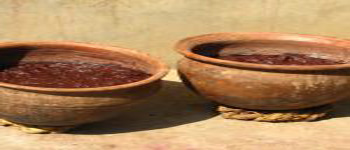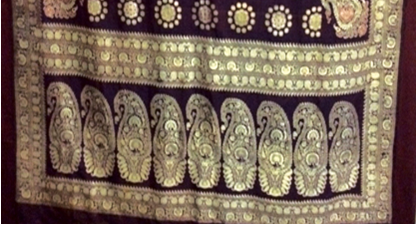
Art history/ Historiography, Crafts, Handlooms, Art, Craftspersons/ Artisanal, Endangered
Adivasi Pata of Kotpad
Sethi, Pankaja
Issue 01,Summer 2019
Issue 1, Summer 2019 ISSN: 2581 - 9410
The handcrafted weaving tradition of Adivasi pata (local term for Kotpad textiles) embarking upon the social and cultural context of indigenous methods narrates the symbolic representation of patterns and the meanings associated with it. While looking at the process, this research aims to encompass how the identity of adivasipata in relation to gender and material reflects cultural syncretism of several elements. Therefore, the ethnographic study1 considers the identification of the identity of Panika (the weaver) and how the Adivasi pata is rendered with indigenous methods of dyeing and multiple expressions of symbolism.
The Adivasi pata woven by the Panika community of Kotpad village of Koraput district of Odisha, shares the weaving tradition with the adjoining villages—Nagarnar and Tokapal of Bastar district of Chattisgarh state. Panika people claim that they are the disciples of saint Kabir, whose preaching enunciated the harmony of Ram and Rahim (Hindu and Islam religion). Moreover, saint Kabir was a julaha (weaver) by profession, a poet, and wore a tulsi mala (necklace). Panika consider this inherited art as the vriti—a legacy of traditions and beliefs of saint Kabir continuing since several generations. Therefore, the identity of this unique te...
This is a preview. To access all the essays on the Global InCH Journal a modest subscription cost is being levied to cover costs of hosting, editing, peer reviewing etc. To subscribe, Click Here.



